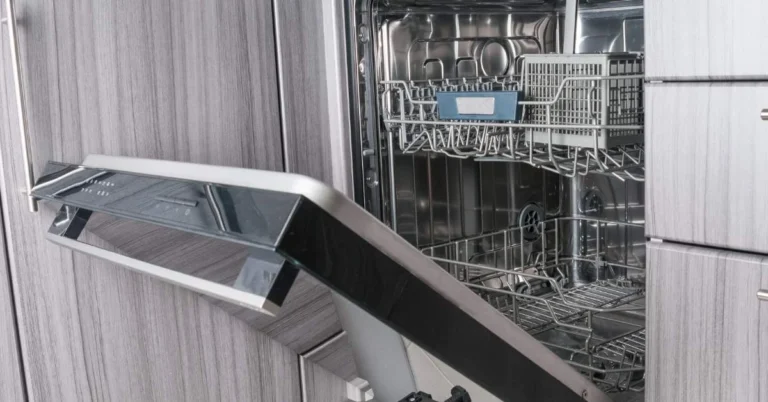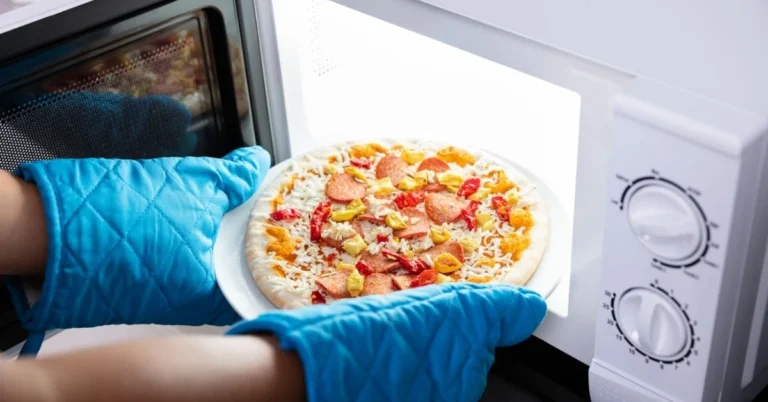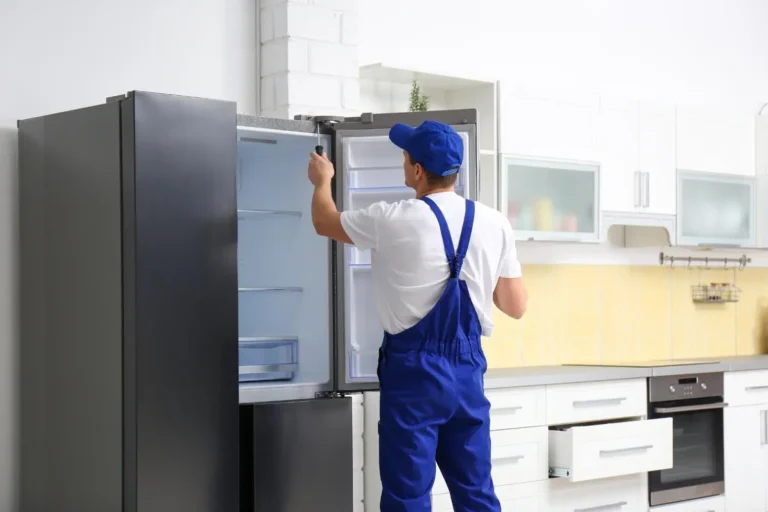Ever tried to cook dinner only to be greeted by that annoying click-click-click from your gas stove that just won’t stop? That persistent clicking typically indicates an ignition problem, which can be frustrating and potentially concerning. Most often, the culprit is something simple, such as food debris blocking the igniter, moisture from a recent spill, or worn-out ignition components. While you can tackle some issues yourself with a good cleaning or minor adjustments, other problems require professional attention. If you’re a Niceville resident, it’s always a good idea to get an expert to take a look. It’s best not to ignore that clicking sound for too long – addressing it promptly helps avoid gas buildup and potential fire hazards, ensuring your kitchen stays both functional and safe for your next culinary adventure.
Common Causes of Gas Stove Clicking
Residual Moisture or Spills
When liquid from cooking spills over or condensation forms on your gas stove, moisture can interfere with the ignition system. This moisture creates resistance in the electrical pathway that generates the spark. As the igniter attempts to light the burner, it repeatedly produces sparks trying to overcome this resistance, resulting in that persistent clicking sound. Even small amounts of water or cooking liquids that aren’t visible to the naked eye can cause this issue, especially in the area around the electrode where the spark is generated.
Dirty or Misaligned Burner Components
Over time, food particles, grease, and debris accumulate on burner components, particularly around the igniter and electrode. This buildup can block the proper flow of gas or prevent the spark from effectively igniting the gas. Similarly, if burner caps or other components shift out of their correct position during cleaning or cooking, the proper connection between the igniter and gas flow is disrupted. The ignition system continues attempting to light the burner, causing repeated clicking as the spark fires but fails to ignite the misaligned or obstructed gas flow.
Faulty Igniter Switch
The igniter switch controls when electricity flows to create the spark for lighting your burner. When this switch malfunctions, it may continuously send electrical current to the igniter even after the flame is lit or when the knob is in the off position. This electrical malfunction causes the igniter to keep producing sparks unnecessarily, resulting in non-stop clicking. The issue often stems from wear and tear on internal switch components or electrical shorts within the switch mechanism that prevent it from properly cycling on and off.
Gas Flow Problems
Clicking can occur when there’s an imbalance between gas flow and ignition timing. If gas pressure is too low, the igniter will continue to spark as it attempts to light an insufficient amount of gas. Conversely, if there is an obstruction in the gas line or valve, gas may not reach the burner properly, despite the igniter working correctly. The ignition system is designed to keep trying until it detects a successful flame, so any disruption in proper gas delivery will result in persistent clicking as the system repeatedly attempts ignition.
Electronic Control Board Issues
Modern gas stoves contain sophisticated electronic control boards that coordinate the ignition sequence. When this central “brain” of your stove malfunctions, it may incorrectly signal the igniters to activate repeatedly, resulting in repeated activation. Circuit board problems can stem from power surges, component failure, or software glitches. The control board may fail to recognize when a burner is already lit or may continuously cycle through the ignition process due to faulty sensors or damaged circuitry, resulting in an annoying clicking sound that persists regardless of the actual state of the burners.
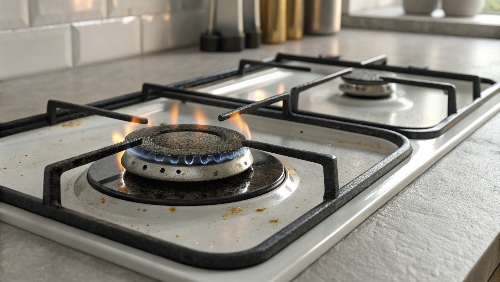
Troubleshooting Steps to Solve a Clicking Gas Stove
Turn Off the Stove and Unplug It
Safety must be your priority when troubleshooting a clicking gas stove. Start by turning off all burner knobs completely and shutting off the gas supply valve located behind the stove. Unplug the stove from the electrical outlet or turn off the circuit breaker if it’s hardwired. This prevents any potential gas leaks or electrical sparking while you’re working on the appliance. Remember that gas appliances pose serious fire and explosion hazards if not handled properly, so never skip this crucial first step.
Inspect for Moisture
Moisture is often the culprit behind persistent clicking. Recent spills, boil-overs, or even high kitchen humidity can cause the igniter to spark continuously. Thoroughly examine the stovetop for any visible moisture around the burners and igniters. Use a clean, dry cloth to wipe down the entire surface, paying special attention to the areas around the burner heads. Allow the stove to air dry completely for at least 30 minutes before reconnecting power. Sometimes this simple step is all that’s needed to resolve the clicking problem.
Clean the Burner Components
Food debris and grease buildup can interfere with proper ignition. Remove the burner grates, caps, and heads according to the instructions in your stove’s manual. Soak these parts in warm, soapy water for 15-20 minutes. Use an old toothbrush or a small brush to scrub away residue from the burner ports gently. For the igniter, use a cotton swab dipped in rubbing alcohol to carefully clean around the ceramic and metal components. Never use abrasive cleaners or steel wool, as these can damage the components. Ensure all parts are completely dry before reassembly to prevent further moisture issues.
Check the Alignment
Proper alignment of burner components is critical for successful ignition. When reinstalling the burner heads and caps, make sure they sit perfectly flat and are correctly aligned with the igniter. Even slight misalignment can cause continuous clicking as the igniter tries unsuccessfully to light the gas. Check that the burner caps are centered on the burner heads and that nothing is wobbling or sitting unevenly. If your stove has alignment pins or notches, ensure these match up correctly. Improper seating is a common cause of clicking that’s easily fixed.
Test the Ignition Switches
Faulty ignition switches can cause continuous clicking even when the burners are off. These switches, located behind the control knobs, can sometimes short out or become stuck in the “on” position. Turn off power to the stove again, then remove the knobs by pulling them straight out. Inspect the switch stems for signs of damage or corrosion. If you have a multimeter, test for continuity by disconnecting the wire harness from the switch and measuring the resistance between terminals. A reading of infinity when the switch is off and zero when on indicates proper function.
Examine the Spark Module
The spark module is the central control unit for your ignition system. If cleaning and alignment haven’t solved the clicking, the module might be failing. Located usually underneath the cooktop or behind the control panel, this electronic component can sometimes malfunction due to moisture damage or electrical issues. To test it, disconnect all wires from the module, then reconnect power temporarily. If replacement is needed, keep in mind that the cost to replace a gas oven igniter typically ranges from $150 to $325, depending on the brand and model.. If clicking stops, the module is likely sending erroneous signals. For thorough testing, consult your stove’s service manual or consider seeking professional help, as improper handling can further damage the module.
Regular cleaning and immediate attention to spills will prevent most clicking issues. Always keep burner components clean and dry, and avoid letting liquids boil over onto the ignition system. If these troubleshooting steps don’t resolve the problem, it’s time to call a professional technician, as more complex electrical or gas system issues may be involved.
When to Seek Professional Help
While many gas stove clicking issues can be resolved with basic cleaning and troubleshooting, there are times when it’s best to bring in a professional. If the clicking continues after you’ve cleaned and realigned the burners, or if you notice signs such as a gas smell, sparks, or damaged components, attempting further repairs on your own can be risky. Working with gas and electrical systems requires proper training to ensure safety and prevent more serious problems. In fact, the appliance repair industry was valued at $6.5 billion in 2024, reflecting the high demand for expert repair services and the importance of professional intervention. To learn more about the warning signs and situations that require expert assistance, visit our detailed guide, “When to Seek Professional Help.”
Get Reliable Gas Stove Repairs with Beach2Bay Appliance Service
Still hearing that constant clicking from your stove? Don’t wait until it becomes a safety risk. Beach2Bay Appliance Service provides expert gas stove repairs to get your kitchen back up and running quickly and safely. Our experienced technicians are ready to tackle the problem with fast, dependable service. Call 850-830-8306 today to schedule your repair and let Beach2Bay handle the hassle for you.
Author Profile
- John Raymond Hagler
- Beach2Bay Appliances is a trusted name in Florida for professional appliance repair services. Serving homeowners, realtors, and property managers, our experienced team focuses on reducing costly breakdowns and maximizing appliance efficiency. Committed to reliability, transparency, and customer care, we help maintain the value and functionality of homes and rental properties through routine service and urgent repairs.
Latest entries
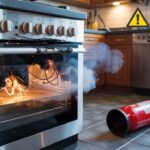 BlogsAugust 30, 2025Oven Smells Like Burning While Cooking? Here’s the Solution
BlogsAugust 30, 2025Oven Smells Like Burning While Cooking? Here’s the Solution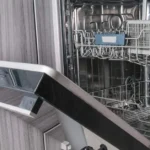 BlogsAugust 29, 2025Why Your Dishwasher Isn’t Cleaning Dishes and How to Fix It
BlogsAugust 29, 2025Why Your Dishwasher Isn’t Cleaning Dishes and How to Fix It BlogsAugust 29, 20257 Reasons Your Microwave Isn’t Working and How to Fix It Quick
BlogsAugust 29, 20257 Reasons Your Microwave Isn’t Working and How to Fix It Quick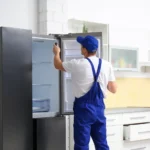 BlogsAugust 27, 2025Why Your Refrigerator Isn’t Cooling and How to Fix It
BlogsAugust 27, 2025Why Your Refrigerator Isn’t Cooling and How to Fix It

